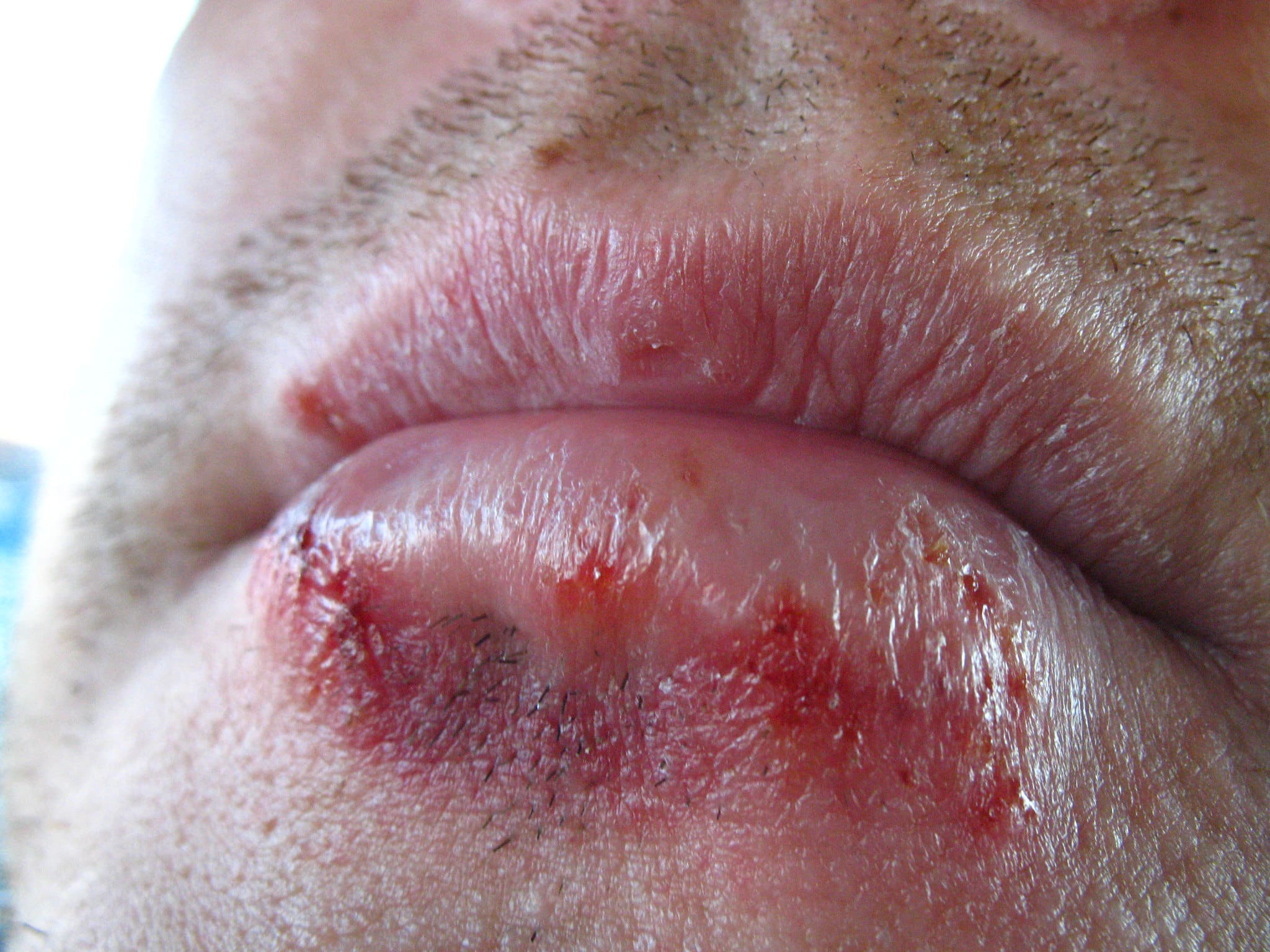Sexually transmitted diseases (STDs) are common across the globe, but we usually associate them with uncomfortable signs and symptoms in the genital area. However, oral STDs are also common and it’s important to learn about them. So, scroll down to get informed about oral STDs and how to recognize them.
Who can get oral STD?
Generally speaking, every man or woman who engages in oral sex is at risk of developing oral STD. The reason is simple, most sexually transmitted diseases can be passed on to partner through oral sex. That being said, some factors contribute to a higher risk of developing oral STD and they include the number of sexual partners, the particular oral acts in which people engage, among others. The likelihood also increases with the lack of awareness of oral STD. The more people know about oral STDs the more likely they are to adopt safe practices and avoid them.
STDs passed on through oral sex
Various STDs can also pass on to a partner through oral sex and below we’re going to discuss them.
Chlamydia
The risk of developing this oral STD comes after giving oral sex to a partner with an infected penis or vagina and rectum. People who get oral sex on the penis from a partner with chlamydia in the throat can also develop this STD (but on their penis, not oral of course). Oral Chlamydia can be asymptomatic, but affected people may also experience a sore throat. The good thing is that it’s possible to treat Chlamydia with the right medicine.
Gonorrhea
Gonorrhea, like other STDs, is spread after giving oral sex to a partner with infected vagina, penis, or rectum. Although the STD doesn’t usually cause symptoms, it can induce a sore throat. That being said, oral gonorrhea can be more difficult to cure than genital or rectal infections, but treatment is still possible with antibiotics.
Syphilis
A person can get oral syphilis when giving oral sex to someone with syphilis sore or rash on their genitals or anus. Areas of initial infection may include lips, mouth, and throat. Even though oral syphilis doesn’t always have symptoms, they may include one or more painless ulcers or sores on the lips, mouth, and throat. The treatment is possible with the right medicine.
Herpes
You may develop oral herpes if you give oral sex to a partner with herpes on the genital area, anus, buttocks, or in the rectum. The STD may then develop on lips, mouth, or throat. The STD may manifest itself through headache or fever and painful or itching sores at the site of infection. No cure for herpes exists, but antiviral medications decrease symptoms of outbreaks.
Human papillomavirus (HPV)
Giving oral sex to a partner with an HPV-infected penis, vagina, or anus can cause oral HPV in the mouth or throat. This oral STD may lead to the formation of warts in the throat that cause changes in voice, shortness of breath, and difficulty speaking. Treatment may reduce warts, but won’t eliminate the infection. Warts may also disappear on their own.
Conclusion
Sexually active men and women need to bear in mind it’s possible to develop oral STDs as well. Practice safe sex and get tested regularly. With home testing kits it has never been easier to determine whether you have an STD or not.
References
https://www.webmd.com/sex-relationships/features/4-things-you-didnt-know-about-oral-sex#3
https://www.cdc.gov/std/healthcomm/stdfact-stdriskandoralsex.htm

